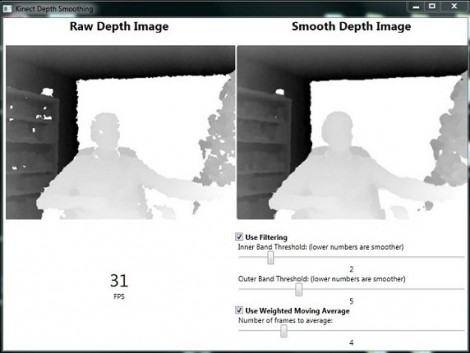The below E-mails came from a Respected Retired Computer Programmer from around Stanford. He can trace his roots to the 1960's Unix / Internet, and hangs out with a group of retired Silicon Valley Computer Scientists that are legends in there own right. Well within the same caliber as Arthur C. Clarke Himself.
---------- Forwarded message ----------
From:
(Name Removed)Date: Mon, Jan 30, 2012 at 12:38 AM
Subject: reason for the previous 2 emails...
To:
squareslate was shut down.... i am probably one of the few that captured all of it... and i might be on the hit list...
anyway, when i sent the list of shows to a few of my friends there were quite different results...
some were not allowed the attachment, stating there was a virus ( it is only images, .jpg's of the movie ads, a file, i created ) ...
another only got a short list of about 26 of the 300 .... and another, when they tried to reply to me, the attachment, was blocked...
seems that sopa/pipa is being implemented without congress... which could stop all independent communications between individuals, not just domain names... stuff like this .... really not harmful, and doing our own thing, just that somebody's over-programmed the bots to look for more then is really out there... which then could cause stuff like this ... if not "really" now, likely later, unfortunately.....
best wishes
--
There are two major products that came out of Berkeley: LSD and UNIX. We do not believe this to be a coincidence. ~Jeremy S. Anderson
--------------------------------
From Previous E-mail.
--------------------------------
if you want it bring about 160g+ or for some of it... bring mem sticks, ... I did burn one onto a video for stand alone tv, but ___ has it .... also win8 (developers edition) will need a dl/dd dvd to install the iso ( or stick it in a VB like i did.... out of dvd's or would burn some stuff for you ...
-------------------------------- From Previous E-mail.
--------------------------------
this one comes and goes .... tones of movies you can capture with download helper























